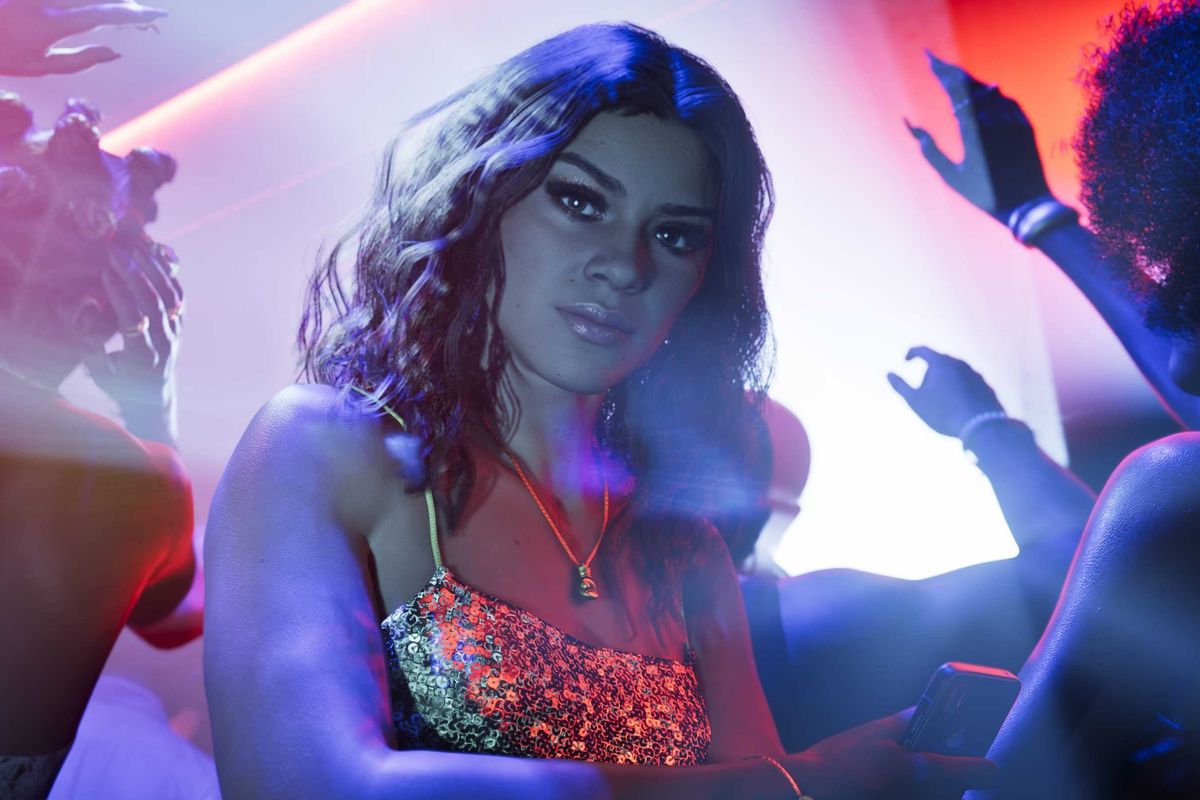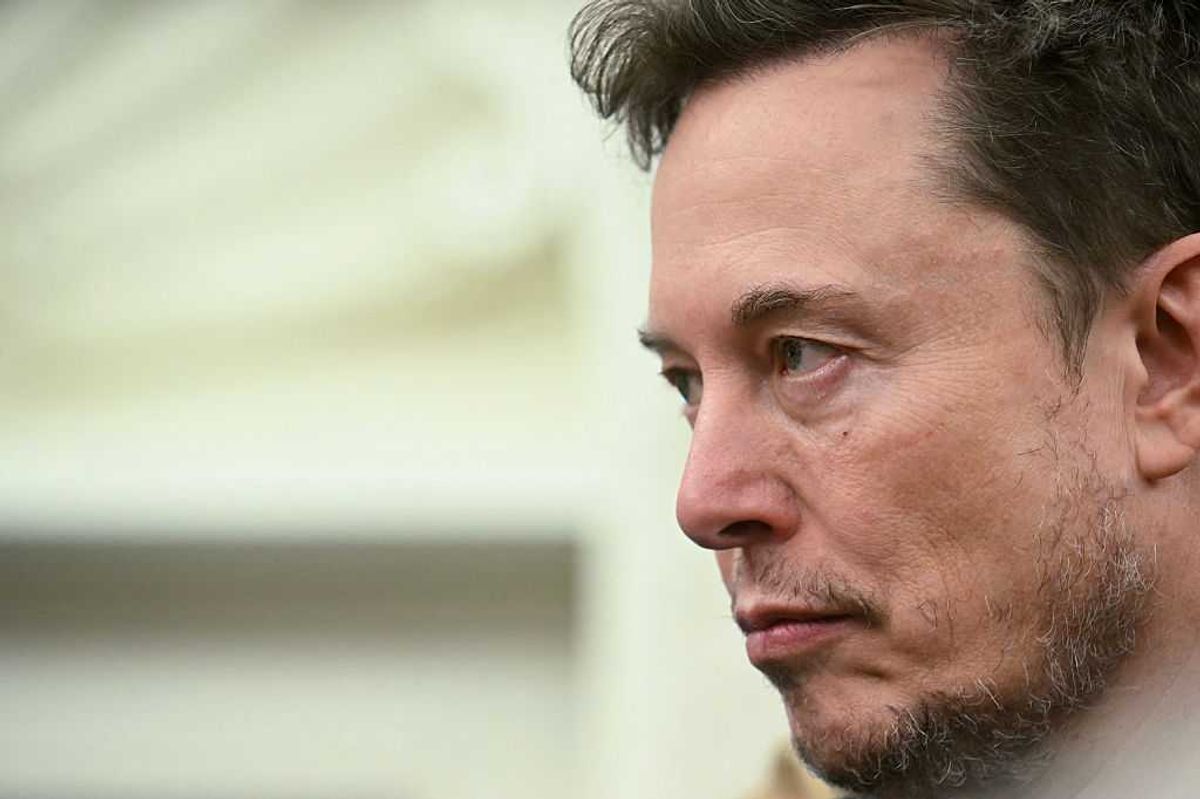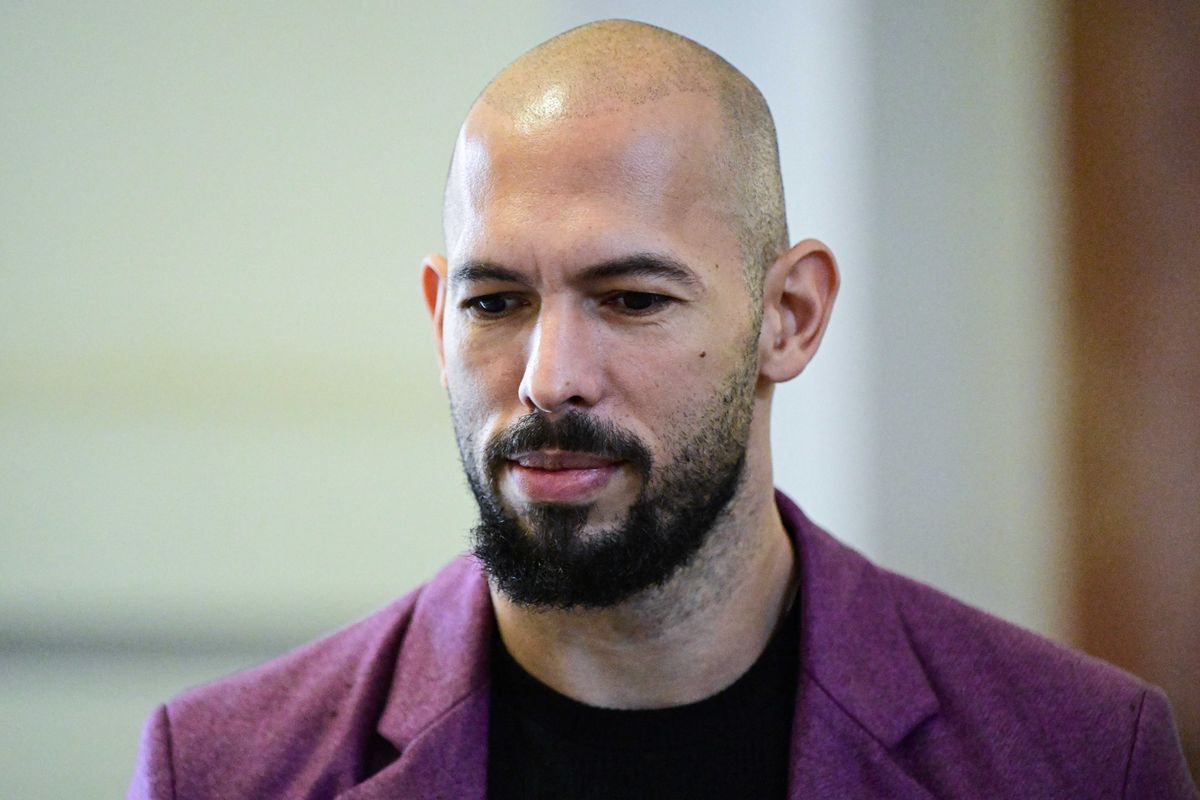News
Narjas Zatat
Apr 29, 2018

Picture:
Black Panther/screengrab
A new study confirms what people of colour have long been saying – diversity in film isn’t only good for art, it’s also lucrative.
Black Panther broke a number of film records and grossed $1.3 billion (£940m) worldwide, becoming one of the best performing Marvel films out there.
Research from the Annenberg School for Communication at the University of Pennsylvania found that black and white adolescents both felt that “black-oriented content” was made for them, Eurekalert reports.
The study surveyed 1,900 black and white teenagers between the ages of 14 and 17 about their movie preferences. Researchers selected approximately 30 successful mainstream movies, as well as 30 ‘black-oriented’ films – those whose black actors play 50 per cent of the main characters, and/or have “a strong narrative theme of race, racism or black culture”. Then, they asked the teenagers to answer questions about their perception of the movie.
Black adolescents said that black-oriented films were “targeted” towards black audiences and mainstream movies were targeted at all audiences, while white adolescents felt that both sets of films were directed at mainstream audiences.
Senior author and Annenberg School senior research scientist, Amy Bleakley, said:
I think this study is really timely because it reinforces what we're seeing right now with films like Black Panther and A Wrinkle in Time; showcasing characters of colour is not negatively affecting the bottom line, and in addition to being culturally beneficial, may prove to be financially so as well.
Media shouldn't be diverse for diversity's sake, like with the tokenism and stereotypical 'representation' of the pas. Instead, if diverse content is to be increased - which our study and the recent worldwide success of Black Panther suggest is a good idea - it needs to depict minority characters in a way that is true and meaningful.
The results point towards an opportunity for successfully marketing films with diverse casts and inclusive storylines to wider audiences.
While the research is important, it is not a new idea.
In 2016, UCLA released the Hollywood Diversity Report which looked at earnings and ratings of films and television shows. Darnell Hunt, author of the study, found that from 2013-2016, the shows that tended to receive the highest ratings and earnings were the ones where the cast was made up of 31 to 40 per cent minority actors.
He said this proved that “audiences prefer content that looks like America” – ie those that are ethnically diverse.
Writing for Indie Wire in 2015, Richard Guay argued that the reason actors of colour were often sidelined or given supporting or stereotypical roles, was the result of “institutional bias” in the industry that assumed “black faces on a movie poster mean[t] fewer foreign sales dollars”.
He said that in America, the creation of a film and television tax credit in 2004 gave a measure of control to audiences on the things that they want to watch, and argued for a diversity incentive.
Since 2004 you and I have become investors in the industry that entertains us.
Last week, Labour drew up plans to tackle just this issue. They want to create a form of tax relief that would force film production companies to ensure gender equality and diversity on sets.
Diversity isn't just limited to actors - it is needed on every level of the production and post-production process. An example of this is the Oscar-winning animated movie Coco, which made more than $500m (£362m) worldwide. It had an all - Latino voice cast, and there was a strong diverse presence in its production, story, and music teams as well.
More: Parkland survivors call out 'racial disparity' in gun crime coverage
More: UK Black Pride founder 'Lady Phyll' talks diversity, white privilege and Black Panther
Top 100
The Conversation (0)













